PhillipSchmidt
Brilliant_Rock
- Joined
- Nov 26, 2004
- Messages
- 667
This was something told me and I want some help in refuting the evidence,
A large company selling hundreds of stones a week, bought a H&A scope via an internet vendor.
They believe you can play with the scope and see hearts and arrows in almost any stone.
I need to buy one (any leads?), but when I use a loup on an H&A stone I can see the symetry well enough to determine if there are any imperfect facets. There is no way the facets can lie, no matter how you adjust any scope??. I can see no concievable way any tool can match up facets that don''t fit.
The explanation told me is that the scope in question ''a H&A scope'', is a kallidascope tool somehow rendering the phenominom onto the stone.
Handy tool that one! The ones I have used have a colour filter and nothing else.
I expect your all of you are of the same oppinion as me, but if there is any optical illusion scope on the market could someone please enlighten me.
Phillip
A large company selling hundreds of stones a week, bought a H&A scope via an internet vendor.
They believe you can play with the scope and see hearts and arrows in almost any stone.
I need to buy one (any leads?), but when I use a loup on an H&A stone I can see the symetry well enough to determine if there are any imperfect facets. There is no way the facets can lie, no matter how you adjust any scope??. I can see no concievable way any tool can match up facets that don''t fit.
The explanation told me is that the scope in question ''a H&A scope'', is a kallidascope tool somehow rendering the phenominom onto the stone.
Handy tool that one! The ones I have used have a colour filter and nothing else.
I expect your all of you are of the same oppinion as me, but if there is any optical illusion scope on the market could someone please enlighten me.
Phillip


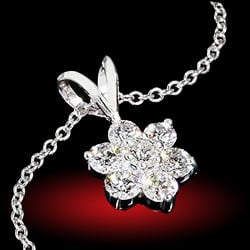
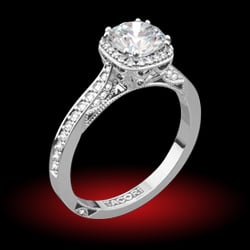
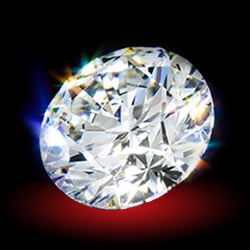


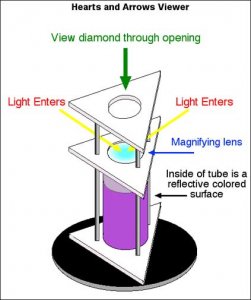







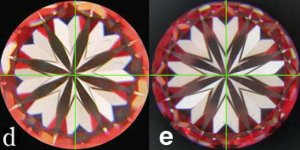



300x240.png)